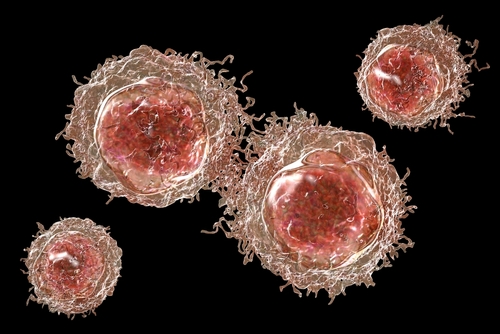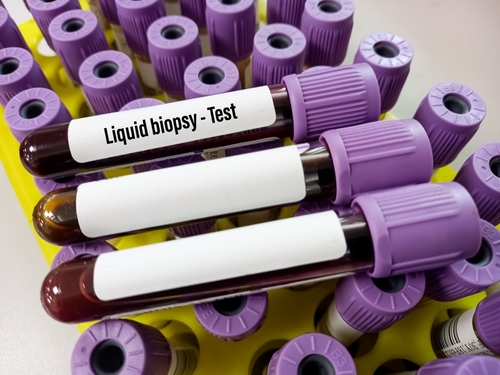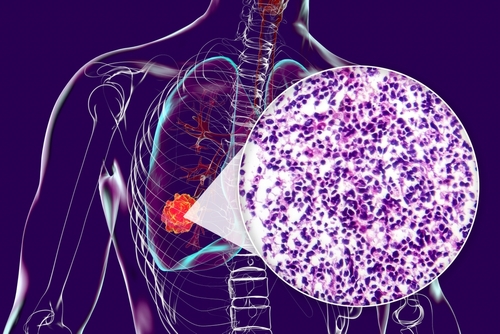
It is unclear how the type of first-line systemic therapy affects quality of life (QOL) with regard to appetite and the efficacy of first-line systemic therapy among patients with previously untreated advanced NSCLC with cancer cachexia. A multicenter, noninterventional, prospective, observational study in Japan that included patients with previously untreated advanced NSCLC and cachexia sought to answer this question. The results were presented at WCLC 2023 in Singapore.
In addition to cachexia, patients also had to have an Eastern Cooperative Oncology Group performance status (ECOG PS) of 0-2. A total of 186 patients were enrolled prior to the start of first-line systemic therapy and were given questionnaires on QOL before the start of treatment and at 1, 3, and 6 weeks after the start of systemic therapy. Trends of QOL related to appetite for each of the three treatment regimen cohorts (1: targeted therapy; 2: cytotoxic chemotherapy ± immune checkpoint inhibitors; 3: immune checkpoint inhibitors) were evaluated, and the incidence of cachexia was also assessed using data from consecutive patients who received first-line systemic therapy whether or not they met the criteria of cachexia and ECOG PS of 0-2.
Results showed that among 186 patients, 180 received first-line systemic therapy (42, 98, and 40 patients in cohorts 1-3, respectively). Change of functional assessment of anorexia/cachexia therapy (FAACT) anorexia/cachexia subscale (A/CS) in cohort 2 was worse than in cohorts 1 (P=.003) and 3 (P=.002) at 1 week from baseline. However, at 6 weeks from baseline, change of FAACT A/CS was worse in cohort 1 than in cohorts 2 (P=.001) and 3 (P=.004). The incidence of cachexia in patients with previously untreated advanced NSCLC was 32.4%.
Source: Furuya N, Miura K, Shukuya T, et al. Prospective observational study of cachexia and its effect on systemic therapy in patients with previously untreated advanced NSCLC. Abstract of a poster presented at the 2023 World Conference on Lung Cancer; September 9-12, 2023; Singapore.







 © 2025 Mashup Media, LLC, a Formedics Property. All Rights Reserved.
© 2025 Mashup Media, LLC, a Formedics Property. All Rights Reserved.